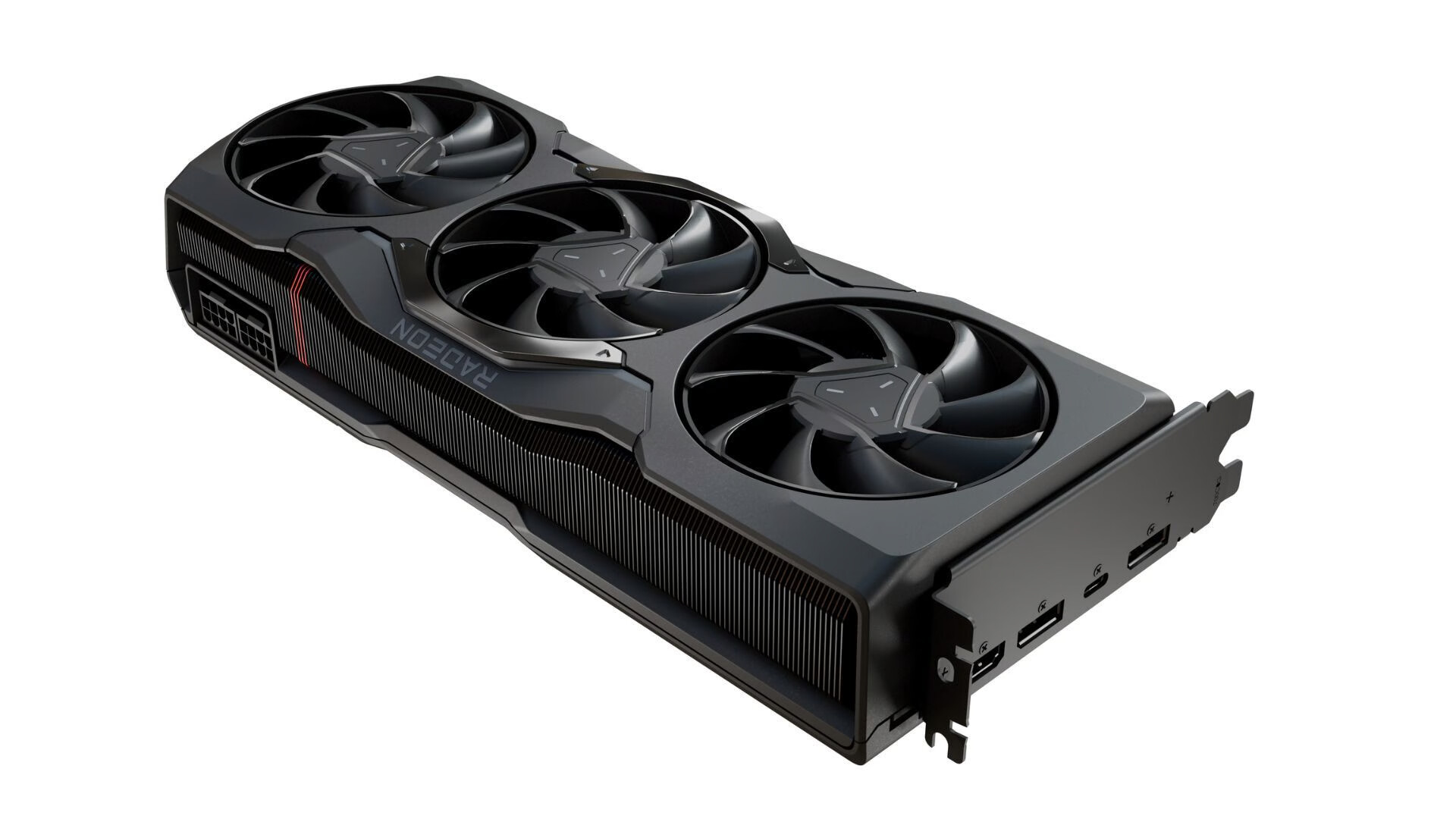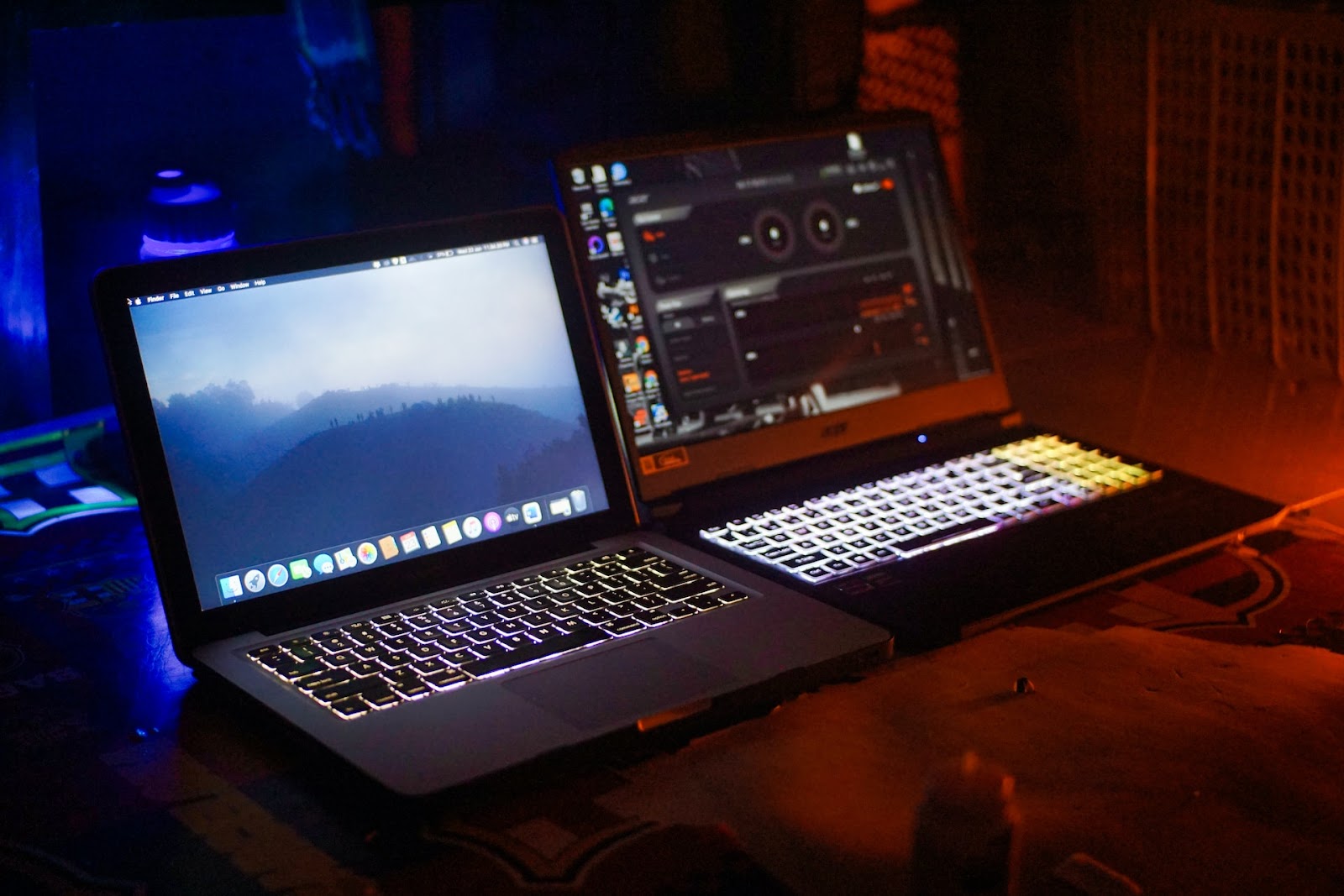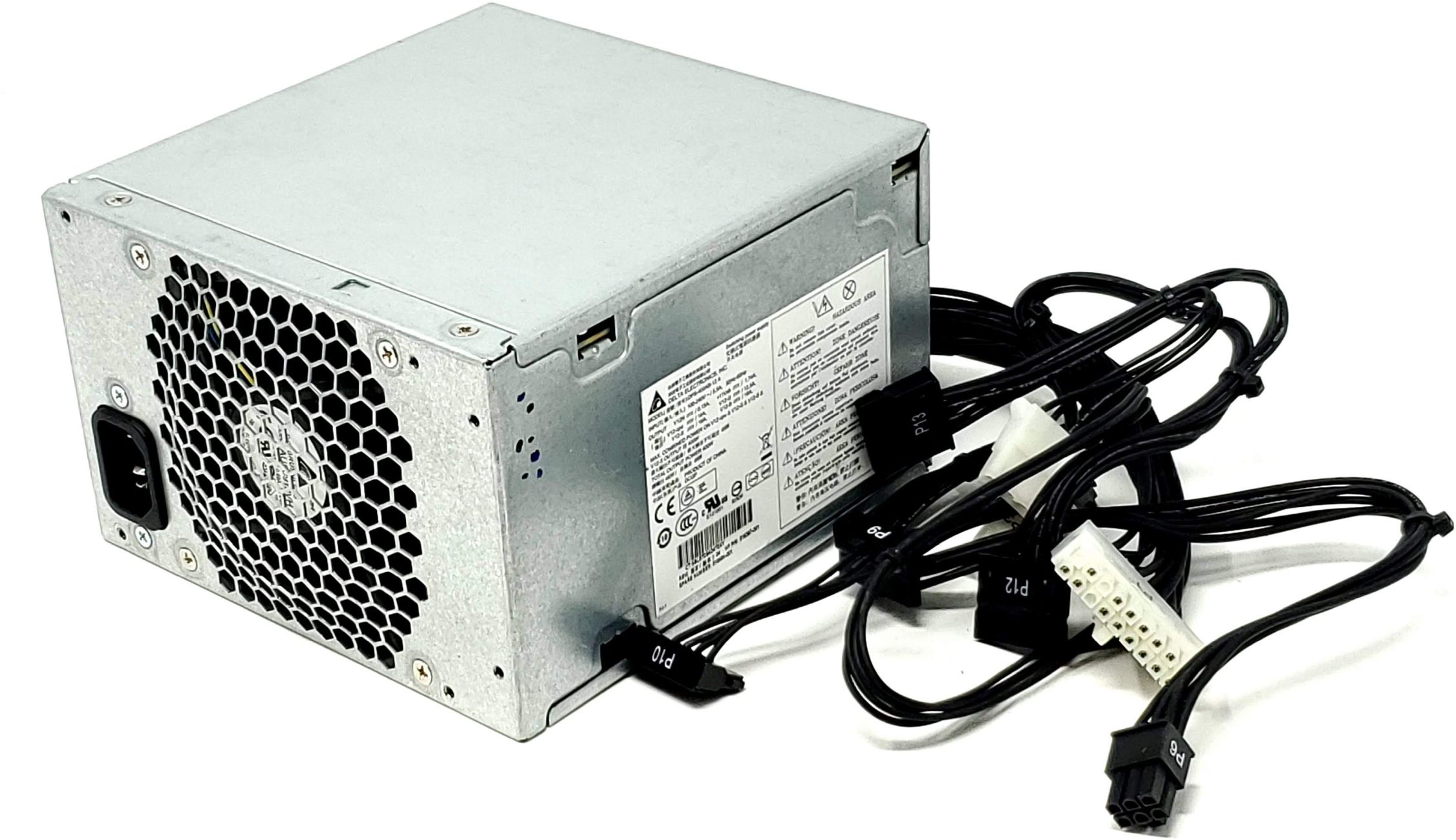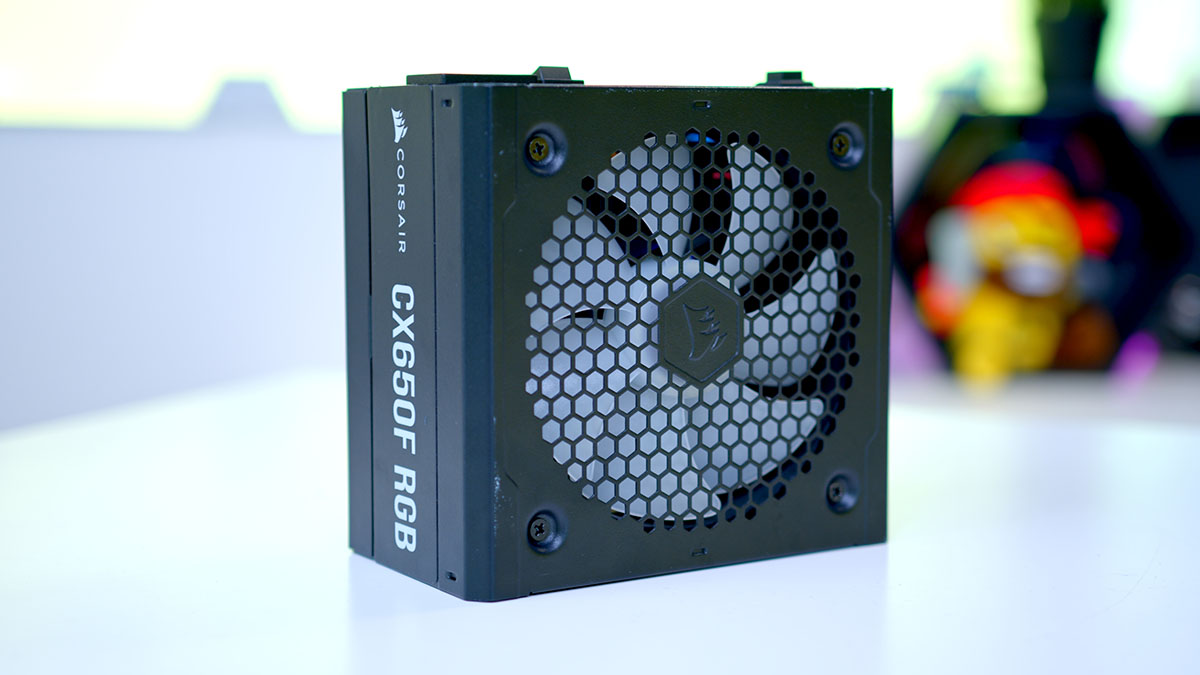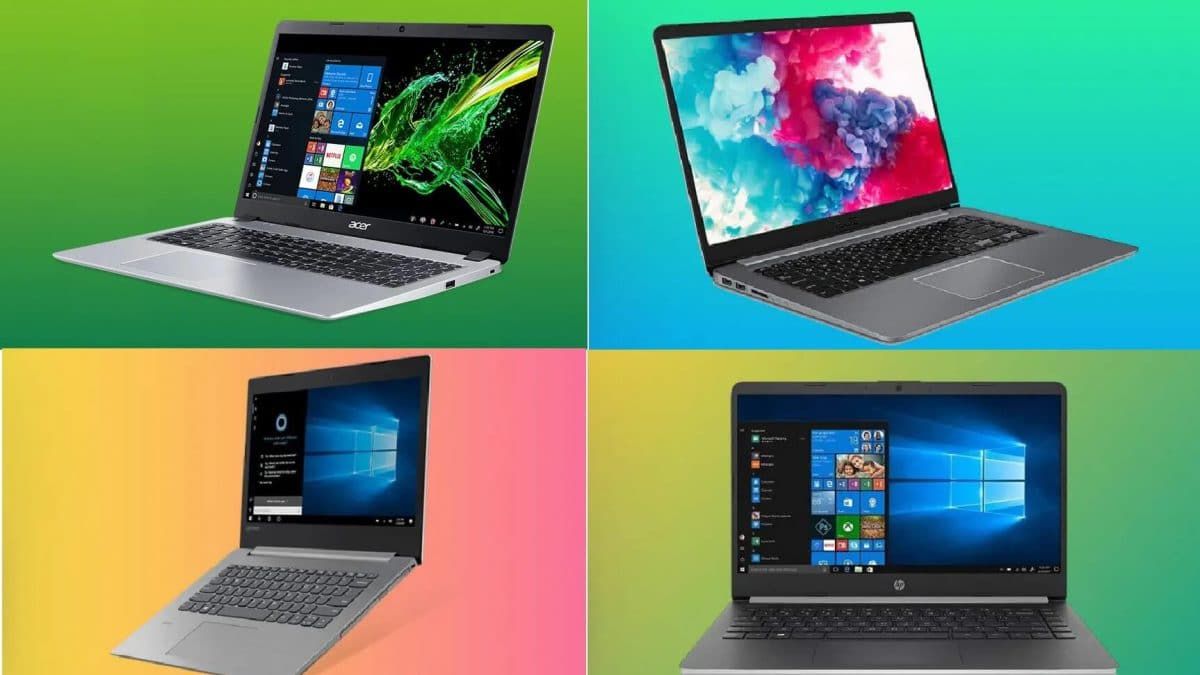Introduction
Graphics cards are an essential component of modern computers. They play a crucial role in rendering images, videos, and animations. Whether you’re a casual user who enjoys casual gaming or a professional in the creative industry, having a reliable graphics card is essential for a smooth and visually impressive experience.
In this article, we will delve into the world of graphics cards, specifically focusing on average graphics cards. We will explore their importance, factors to consider when choosing one, and provide a comparison of some popular options in the market. So, if you’re in the market for an average graphics card or simply want to expand your knowledge, read on!
Before we dive in, let’s define what a graphics card actually is. At its core, a graphics card is a piece of hardware that handles the processing and rendering of visual data. It is responsible for generating and displaying images, videos, and animations on your computer screen.
Why is a graphics card important, you may ask? Well, without a graphics card, your computer wouldn’t be able to deliver the rich and vivid visuals that we’ve come to expect in today’s digital era. Whether you’re browsing the web, watching a movie, or playing the latest video game, a powerful graphics card is crucial for delivering smooth and immersive graphics.
Now, let’s focus on average graphics cards. As the name suggests, these are graphics cards that offer a balance between performance and affordability. While they may not be the most high-end options available, they still pack enough punch to handle most tasks and provide a decent gaming experience.
When choosing an average graphics card, there are several factors to consider. One of the most important factors is the graphics card’s processing power and memory. Higher processing power and memory capacity will allow for smoother performance and better graphics quality. Additionally, it’s essential to consider the compatibility of the graphics card with your computer system, as well as the power requirements and cooling solutions.
In the next sections, we will explore a comparison of some average graphics cards, taking into account their specifications and performance. We will also highlight the top 5 average graphics cards in 2021, providing you with a glimpse into the leading options available in the market.
So, whether you’re a budget-conscious gamer or a professional looking for a reliable graphics card without breaking the bank, this article will help you make an informed decision. Without further ado, let’s dive into the world of average graphics cards!
What Is a Graphics Card?
A graphics card, also known as a video card or GPU (Graphics Processing Unit), is a vital component of a computer that is responsible for rendering and displaying visual data on a monitor. It is designed specifically to handle the complex calculations and processing required for graphics-intensive tasks such as gaming, video editing, and 3D modeling.
At its core, a graphics card consists of three main components: a processor, memory, and connectors. The processor, or GPU, is the brain of the graphics card, responsible for executing the calculations necessary to render images and videos. The memory, known as VRAM (Video Random Access Memory), stores the data required by the GPU for efficient processing. The connectors, such as HDMI or DisplayPort, allow the graphics card to be connected to a monitor or other display devices.
The primary purpose of a graphics card is to offload the burden of processing graphics-related tasks from the CPU (Central Processing Unit). While the CPU is responsible for handling a wide range of tasks, including running applications and managing system resources, it’s not optimized for the demanding calculations required for rendering high-quality visuals. By utilizing a separate graphics card, the CPU can focus on its primary functions, while the GPU handles the heavy lifting when it comes to graphics processing.
One of the key features of a graphics card is its ability to generate and manipulate 3D graphics. This is achieved through advanced rendering techniques, such as shading, texturing, and lighting. These processes involve the analysis and manipulation of millions of pixels to create realistic and immersive visuals. A powerful graphics card with a high number of processing cores and ample memory can handle these calculations efficiently, resulting in smooth and lifelike graphics.
Graphics cards are not only important for gaming enthusiasts but also play a crucial role in other industries. For example, graphic designers and video editors rely heavily on graphics cards to accelerate rendering times and enhance productivity. Additionally, professionals in fields such as architecture and engineering utilize graphics cards to visualize complex 3D models and simulations.
In recent years, the capabilities of graphics cards have evolved rapidly. With advancements in technology, graphics cards now offer features such as real-time ray tracing, which simulates complex lighting effects for more realistic visuals, and AI-assisted upscaling, which enhances image quality and resolution. These innovations have elevated the gaming and visual computing experiences to new heights, pushing the boundaries of what is visually possible on a computer.
As technology continues to advance, graphics cards will play an increasingly vital role in delivering immersive and visually stunning experiences. Whether you’re a gamer, a content creator, or a professional in a graphics-intensive field, having a reliable and capable graphics card is essential for achieving optimal performance and visual quality in your applications.
Why Is a Graphics Card Important?
A graphics card is an indispensable component of a computer, playing a crucial role in various tasks that require visual processing. Here are the key reasons why a graphics card is important:
Enhanced Visual Experience: One of the primary reasons a graphics card is important is its ability to enhance the visual experience. Whether you’re playing a graphically demanding video game or watching high-definition movies, a quality graphics card ensures smooth frame rates, realistic textures, and vibrant colors, resulting in a visually captivating experience.
Smooth Gameplay: Gamers rely heavily on graphics cards to ensure smooth gameplay, especially in graphics-intensive and fast-paced games. A powerful graphics card ensures that the game runs smoothly without any lag or stutter, allowing gamers to fully immerse themselves in the virtual world and compete at their best.
Higher Resolution and Detail: A graphics card with ample VRAM and processing power enables you to enjoy games, movies, and other visual content at higher resolutions and with greater detail. This means sharper images, more detailed textures, and realistic visual effects, taking your entertainment experience to the next level.
Faster Rendering Times: Graphics cards excel at rendering tasks, such as video editing and 3D modeling. They can significantly accelerate rendering times by offloading the processing from the CPU. This enables professionals in creative industries to work more efficiently, saving valuable time on projects that involve rendering large video files or complex 3D models.
Support for Multiple Displays: Graphics cards often come with multiple display connectors, allowing you to connect multiple monitors or other display devices. This is particularly beneficial for professionals who require a larger workspace or gamers who want to create immersive multi-monitor gaming setups.
Compatibility with Modern Software and Technologies: With the rapid advancement of technology, newer software and applications often require the latest hardware features and technologies. Having a modern graphics card ensures compatibility with these software, allowing you to utilize advanced features such as real-time ray tracing, AI-based upscaling, and more.
Future-Proofing: Investing in a quality graphics card not only improves your current computing experience but also future-proofs your system. As newer and more demanding applications and games are released, having a powerful graphics card ensures that your computer can handle the requirements and remain capable for longer periods.
Overall, a graphics card is essential for anyone who values visual quality, smooth performance, and efficient rendering. Whether you’re a gamer, a content creator, or a professional in a graphics-intensive field, having a reliable and capable graphics card is paramount for optimal performance, productivity, and an immersive visual experience.
Average Graphics Cards
Average graphics cards, as the name suggests, offer a balance between performance and affordability. They are designed to meet the needs of casual gamers, content creators, and individuals who require decent graphics processing without breaking the bank. While they may not offer the same level of performance as high-end graphics cards, average graphics cards still provide a satisfactory gaming experience and handle most graphics-intensive tasks efficiently.
One of the advantages of average graphics cards is their affordability. They are priced more competitively than their high-end counterparts, making them accessible to a wider range of users. Average graphics cards are ideal for budget-conscious gamers or individuals who don’t require top-of-the-line performance but still want a smooth gaming experience and the ability to run demanding applications.
Despite being more affordable, average graphics cards still boast impressive features and specifications. Many average graphics cards are capable of supporting high resolutions, such as 1080p or even 1440p, and can handle modern games with respectable frame rates. They offer a good balance between graphical fidelity and performance, allowing users to enjoy visually engaging experiences without compromising too much in terms of framerate.
When it comes to content creation and graphic design, average graphics cards can handle tasks like video editing, photo retouching, and 3D modeling. While they might not offer the raw power and efficiency of high-end cards, they still provide enough processing power and memory to work with graphics-intensive applications effectively.
Additionally, average graphics cards often come with the latest connectivity options, including HDMI, DisplayPort, and VR-ready capabilities. This ensures compatibility with the latest display technologies and accessories, allowing users to connect multiple monitors or VR headsets for a more immersive experience.
It’s important to note that the term “average” is relative and depends on the current market landscape. As technology advances and new graphics cards are released, the boundaries between average and high-end cards may shift. What was once considered an average graphics card a few years ago may now fall into the entry-level category.
Overall, average graphics cards strike a balance between performance and affordability, offering an accessible option for gamers, content creators, and users who require decent graphics processing power without the hefty price tag. They provide satisfactory gaming experiences, handle graphics-intensive applications, and come equipped with modern connectivity options. If you are on a budget or don’t require top-tier performance, an average graphics card can be an excellent choice to meet your computing needs.
Factors to Consider When Choosing an Average Graphics Card
When selecting an average graphics card, several important factors need to be taken into consideration. These factors will ensure that you choose a card that not only meets your performance needs but also fits well within your budget. Here are the key factors to consider:
Performance: While average graphics cards may not offer the same level of performance as high-end options, it’s still essential to assess their capabilities. Look for cards with sufficient processing power, memory, and clock speeds to handle the type of gaming or tasks you plan to undertake. Consider the recommended system requirements of the games or software you’ll be using as a guideline.
Compatibility: Before purchasing a graphics card, ensure that it is compatible with your computer system. Check the card’s interface (PCIe, for example) and ensure that your motherboard has the necessary slot. Verify the power supply requirements and make sure your PSU can handle the card’s power draw. Additionally, consider the physical size of the card and make sure it fits within your computer case.
Memory: Graphics card memory, often referred to as VRAM, is crucial for handling high-resolution textures and rendering complex scenes. While average graphics cards may have slightly lower memory capacity compared to high-end counterparts, it’s still important to have enough VRAM to handle the workloads you intend to throw at your card. Look for cards with at least 4GB or 6GB of VRAM to ensure smooth performance.
Connectivity and Display Outputs: Consider your display needs and ensure that the graphics card has the necessary connectivity options. Look for cards with HDMI, DisplayPort, or DVI outputs to ensure compatibility with your monitor or other display devices. If you plan to use multiple monitors or VR headsets, make sure that the graphics card supports the required number of simultaneous displays.
Power and Cooling: Average graphics cards typically have lower power requirements compared to high-end options, but it’s still important to consider the power supply requirements of the card. Make sure your power supply unit (PSU) can provide enough wattage to support the graphics card. Additionally, consider the cooling solutions of the card, such as the number of fans or heat sinks, to ensure efficient heat dissipation and prevent overheating.
Price and Budget: Set a budget for your graphics card and compare prices across different models and brands. Consider the performance-to-price ratio and choose a card that offers the best value for your money. Keep in mind that there may be slight price variations based on brand, additional features, and customer support. It’s also worth considering the warranty and after-sales support provided by the manufacturer.
Reviews and User Feedback: Research and read reviews about the average graphics card models you’re considering. Look for reputable sources and gather information about the card’s performance, reliability, and overall user satisfaction. Pay attention to any common issues or limitations mentioned in the reviews to make an informed decision.
By considering these factors, you can choose an average graphics card that not only meets your performance requirements but also fits within your budget and offers a reliable and satisfactory computing experience.
Comparison of Average Graphics Cards
When comparing average graphics cards, it’s essential to consider their specifications, performance, and value for money. Here, we will compare some popular average graphics card models to help you make an informed decision:
NVIDIA GeForce GTX 1660 Super: This graphics card offers excellent performance for its price range. It features 6GB of GDDR6 memory and a boost clock speed of up to 1785MHz. The GTX 1660 Super delivers smooth 1080p gaming performance and handles graphically demanding games with ease. It’s power-efficient and provides a good value proposition for budget-conscious gamers.
AMD Radeon RX 5600 XT: The RX 5600 XT is another solid choice for average graphics card seekers. It offers 6GB of GDDR6 memory and a boost clock speed of up to 1620MHz. With its excellent 1080p gaming performance and support for modern features like PCIe 4.0, the RX 5600 XT provides a well-rounded gaming experience at an affordable price point.
NVIDIA GeForce GTX 1650 Super: The GTX 1650 Super is a budget-friendly option that doesn’t compromise on performance. It features 4GB of GDDR6 memory and a boost clock speed of up to 1725MHz. With its power-efficient design, the GTX 1650 Super offers smooth 1080p gaming performance and is an ideal choice for casual gamers or those with limited budgets.
AMD Radeon RX 5500 XT: The RX 5500 XT is a reliable option for average graphics card users. It offers either 4GB or 8GB of GDDR6 memory and a boost clock speed of up to 1845MHz. With its capable performance in 1080p gaming and support for advanced features like Radeon Image Sharpening, the RX 5500 XT provides good value for its price.
NVIDIA GeForce GTX 1650: The GTX 1650 is an entry-level option that still provides reasonable performance for casual gaming. It features 4GB of GDDR5 memory and a boost clock speed of up to 1665MHz. While it may not handle the most demanding games at high settings, the GTX 1650 is a cost-effective choice for users who primarily engage in light gaming or productivity tasks.
When comparing these average graphics cards, consider factors such as performance, memory capacity, clock speeds, power consumption, and price. Keep in mind your specific requirements and budget constraints while making a decision. It’s also worth checking for any additional features or software optimizations particular to each brand or model, as they can enhance the overall computing experience.
Remember, the field of graphics cards is dynamic, with new models being released regularly. It’s essential to stay up to date with the latest releases and user feedback to make informed decisions based on current market conditions and technological advancements.
By comparing these average graphics card models, you can choose the one that best suits your needs in terms of performance, features, and affordability.
Top 5 Average Graphics Cards in 2021
As of 2021, several average graphics cards stand out for their performance, features, and affordability. Here are the top 5 average graphics cards to consider:
1. NVIDIA GeForce GTX 1660 Super: Offering excellent performance for its price, the GTX 1660 Super is a standout choice. With 6GB of GDDR6 memory and high boost clock speeds, it delivers smooth 1080p gaming performance and is capable of handling graphically demanding games. Its power efficiency and value for money make it a top pick in the average graphics card category.
2. AMD Radeon RX 5600 XT: The RX 5600 XT provides an impressive gaming experience at an affordable price point. With 6GB of GDDR6 memory and support for modern features like PCIe 4.0, it offers excellent 1080p gaming performance. Its robust performance in demanding games and competitive pricing are key factors that make it highly recommended.
3. NVIDIA GeForce GTX 1650 Super: This budget-friendly graphics card packs a punch. With 4GB of GDDR6 memory and decent boost clock speeds, it delivers smooth 1080p gaming performance for casual gamers. Its power-efficient design and affordable price make it an ideal choice for those with budget constraints.
4. AMD Radeon RX 5500 XT: The RX 5500 XT is a reliable option for average graphics card users. With 4GB or 8GB of GDDR6 memory and strong boost clock speeds, it offers capable performance in 1080p gaming. Its affordability and support for features like Radeon Image Sharpening make it an attractive choice for budget-conscious gamers.
5. NVIDIA GeForce GTX 1650: As an entry-level option, the GTX 1650 still provides reasonable performance for casual gaming. With 4GB of GDDR5 memory and decent boost clock speeds, it handles light gaming and productivity tasks efficiently. Its affordability and power efficiency make it an appealing choice for those seeking a budget-friendly graphics card.
These top 5 average graphics cards for 2021 offer a range of performance and price options, ensuring there’s something for everyone. When selecting a graphics card, consider your specific requirements, budget, and the latest updates and advancements in the market to make an informed decision.
Remember, the field of graphics cards is dynamic, with new models being released regularly. Stay updated with the latest releases and user feedback to make the best choice based on your needs and the current market offerings.
By considering these top 5 average graphics cards, you can find a reliable and affordable option that suits your gaming or productivity needs while keeping your budget in check.
Conclusion
Choosing the right average graphics card is crucial for achieving optimal performance, visual quality, and affordability. Whether you’re a casual gamer, a content creator, or someone in need of decent graphics processing power, the market offers a range of options to meet your requirements.
In this article, we explored the importance of graphics cards in delivering enhanced visual experiences and smooth gameplay. We discussed the benefits of average graphics cards and how they strike a balance between performance and affordability.
When considering a graphics card, it’s important to assess factors such as performance, compatibility, memory capacity, connectivity options, power requirements, and price. By carefully evaluating these factors and considering your specific needs, you can choose an average graphics card that provides a satisfactory computing experience without exceeding your budget.
Furthermore, we compared some popular models of average graphics cards, including the NVIDIA GeForce GTX 1660 Super, AMD Radeon RX 5600 XT, NVIDIA GeForce GTX 1650 Super, AMD Radeon RX 5500 XT, and NVIDIA GeForce GTX 1650. These cards offer varying levels of performance, features, and price points, ensuring there’s an option for different user preferences and budgets.
As technology continues to advance, it’s important to stay informed about the latest releases, updates, and user feedback regarding graphics cards. This will enable you to make the most up-to-date and well-informed decisions when selecting an average graphics card that suits your needs.
Whether you’re a budget-conscious gamer, a content creator on a tight budget, or an average user seeking decent graphics processing power, the market has a range of average graphics cards to choose from. With careful consideration and assessment of your specific requirements, you can find a reliable and affordable graphics card that provides the performance and visual quality you desire.
Remember, your choice of a graphics card should align with your usage requirements, budget, and future needs, ensuring that you can enjoy a seamless and visually immersive computing experience for years to come.







